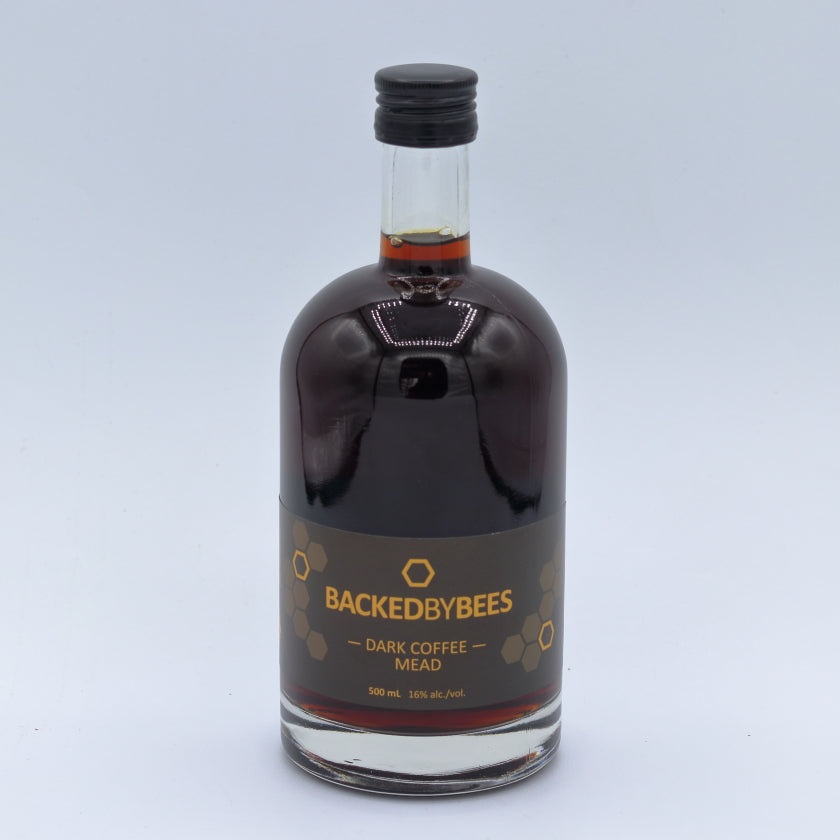Your Cart is Empty
As the sixth installment in our Golden Elixir series, “The Mead Renaissance” explores the dynamic transformation of honey wine into a modern craft beverage. Once the drink of ancient kings and Norse warriors, mead is experiencing a bold resurgence. Innovative meaderies are redefining the beverage, integrating it into gourmet kitchens, craft cocktail menus, and hip tasting rooms across North America.
Around the world, pioneering meaderies are pushing the envelope of what mead can be. Rather than sticking solely to traditional recipes, they’re crafting unique mead profiles using barrel-aging, botanicals, wild fermentation, and seasonal fruits.
TakeCharm City Meadworks in Baltimore, for example. They’re known for their clean, session-style meads and inventive flavors like Elderberry and Basil Lemongrass. Meanwhile, Lost Cause Meadery in San Diego embraces bold experimentation with dry-hopped and wine-barrel-aged meads, resulting in deeply nuanced, unique mead offerings.
Then there’sMeadery of the Rockies in Colorado, blending high-altitude honey with tart fruit to create vibrant, semi-sweet meads that reflect local terroir. These innovations are making local mead a competitive player in the craft beverage world.
Mead isn’t just a standalone sipper anymore — it’s infiltrating upscale bars and gourmet kitchens. Its versatile profile, ranging from bone dry to lusciously sweet, makes it a powerful base for mixology and culinary creativity.
Mead in cocktails has exploded in popularity thanks to its ability to blend effortlessly with whiskey, gin, citrus, and herbal liqueurs. Bartenders are shaking up honey-based twists on classics like the Bee’s Knees, Hot Toddy, and even margaritas.
When it comes to mead and food pairings, chefs are equally inspired. Dry meads complement aged cheeses and smoked fish, while spiced or fruit-forward meads enhance desserts and charcuterie boards. With such range, mead and food pairings are carving out a place alongside wine and beer in fine dining.
The growing embrace of mead and craft beverages is evident at festivals, tasting rooms, and in collaborations between breweries, cideries, and meaderies. As consumers become more curious and adventurous, craft mead is getting a long-overdue spotlight.
Younger demographics drawn to authenticity, local sourcing, and sustainability are helping drive the demand for local mead. The modern mead drinker values both tradition and creativity — and today’s producers are delivering both.
Single-Origin Honey: Many meaderies now highlight specific floral sources to create unique mead profiles.
Wild Fermentation:A growing trend among craft mead producers, enhancing complexity.
Barrel Aging: Oak, whiskey, and even tequila barrels are being used to age mead.
Session Meads: Lower ABV meads are popular for casual sipping.
Seasonal Meads: Limited batches featuring local fruit or spices enhance the local mead story.
Sustainability Focus: Ethical beekeeping and local sourcing are central to modern mead making.
Culinary Crossovers: Mead is now used in reductions, glazes, and even ice creams.
Craft Cocktails:Creative mead in cocktails are emerging across trendy bars and lounges.
Cider-Mead Hybrids:Also known as “cyser,” these appeal to cider drinkers exploring mead and craft beverages.
Educational Tasting Rooms: Many meaderies offer deep dives into fermentation and flavor pairing.
The renaissance of mead is here to stay. Whether you’re sipping it in a cocktail, pairing it with aged cheddar, or exploring the endless range of unique mead offerings from passionate producers, honey wine is proving it's more than a throwback—it’s the future of craft beverages.
Comments will be approved before showing up.
